Advancements in Display Technology
The Wearable Display Market is experiencing rapid advancements in display technology, which enhances the user experience significantly. Innovations such as OLED and microLED displays provide superior image quality, lower power consumption, and increased durability. These technologies are becoming more accessible, leading to a wider adoption of wearable displays across various sectors. According to recent data, the market for OLED displays is projected to grow at a compound annual growth rate of 15% over the next five years. This growth is likely to drive the demand for wearable devices that utilize these advanced display technologies, thereby expanding the Wearable Display Market.
Integration with Smart Home Systems
The integration of wearable displays with smart home systems is emerging as a key driver in the Wearable Display Market. As consumers increasingly adopt smart home technologies, the ability to control and monitor these systems through wearable devices becomes more appealing. This integration allows users to manage their home environment seamlessly, enhancing convenience and efficiency. Market data suggests that the smart home market is expected to grow significantly, with projections indicating a potential market size of over 150 billion dollars by 2027. This growth could lead to a corresponding increase in the demand for wearable displays that facilitate smart home interactions, thereby benefiting the Wearable Display Market.
Increased Adoption in Industrial Applications
The Wearable Display Market is also benefiting from increased adoption in industrial applications. Industries such as manufacturing, logistics, and healthcare are leveraging wearable displays for enhanced operational efficiency and safety. For instance, wearable displays can provide real-time data to workers, improving decision-making and productivity. Recent statistics indicate that the industrial wearable technology market is projected to grow at a compound annual growth rate of 25% over the next few years. This growth is likely to drive further investment in wearable displays, thereby expanding the Wearable Display Market.
Rising Demand for Fitness and Health Tracking
The increasing awareness of health and fitness is propelling the Wearable Display Market forward. Consumers are increasingly seeking devices that can monitor their health metrics, such as heart rate, sleep patterns, and physical activity. This trend is supported by data indicating that the health and fitness segment of the wearable technology market is expected to reach a valuation of over 30 billion dollars by 2026. As more individuals prioritize their health, the demand for wearable displays that offer real-time health tracking features is likely to surge, further driving growth in the Wearable Display Market.
Growing Interest in Augmented Reality Experiences
The Wearable Display Market is witnessing a surge in interest surrounding augmented reality (AR) experiences. As AR technology continues to evolve, consumers are increasingly drawn to wearable devices that offer immersive experiences. This trend is evident in the rising popularity of AR glasses and headsets, which are being utilized in various applications, from gaming to education. Market forecasts indicate that the AR market could reach a valuation of 200 billion dollars by 2025. This anticipated growth suggests a robust demand for wearable displays that can deliver high-quality AR experiences, thereby propelling the Wearable Display Market forward.
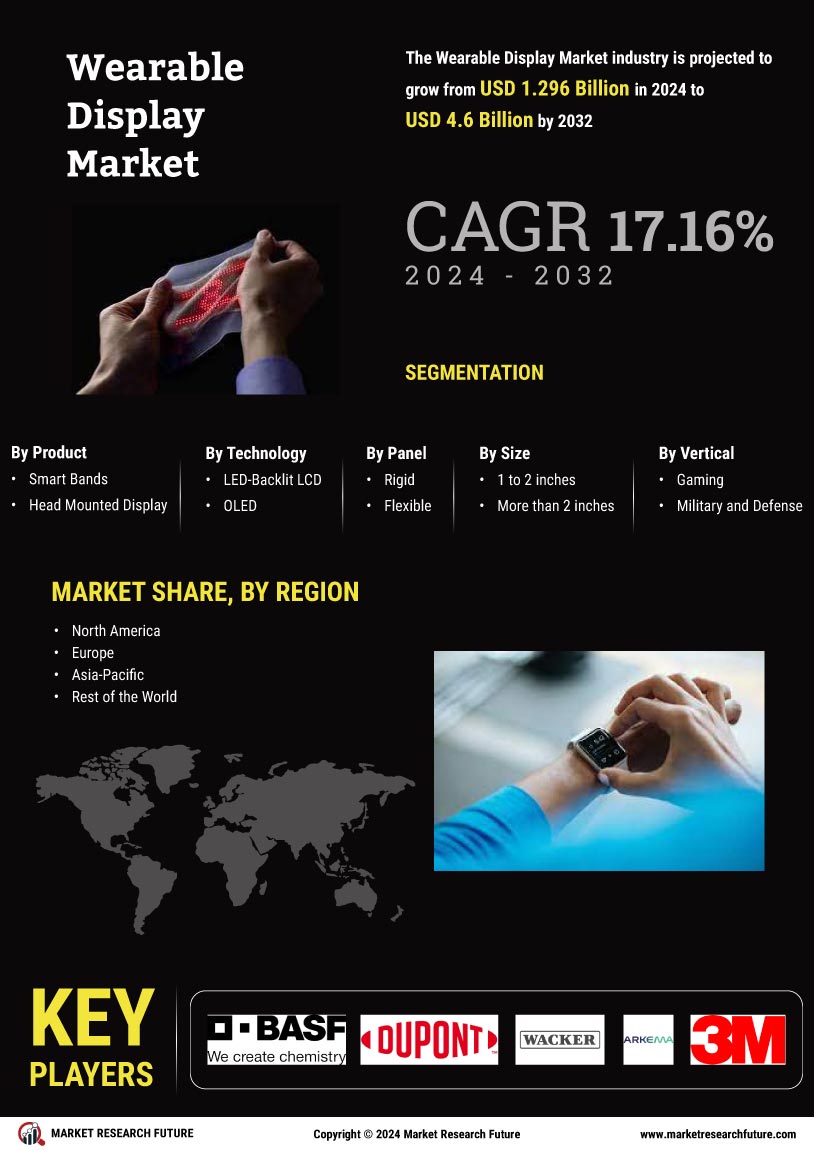
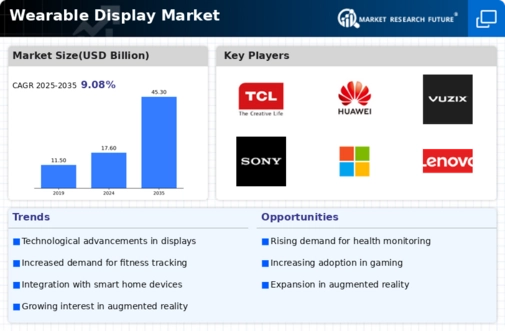
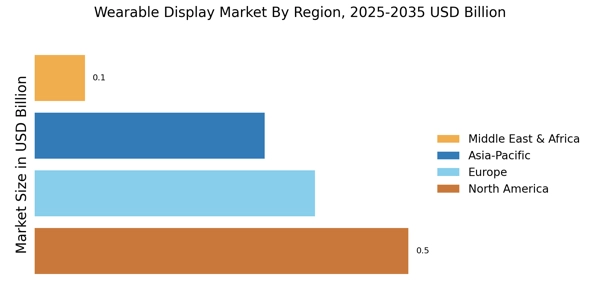
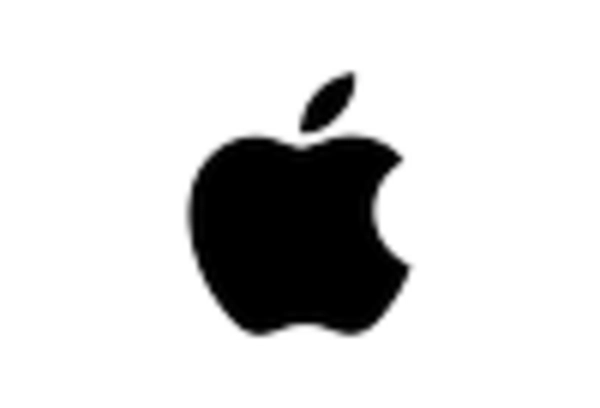
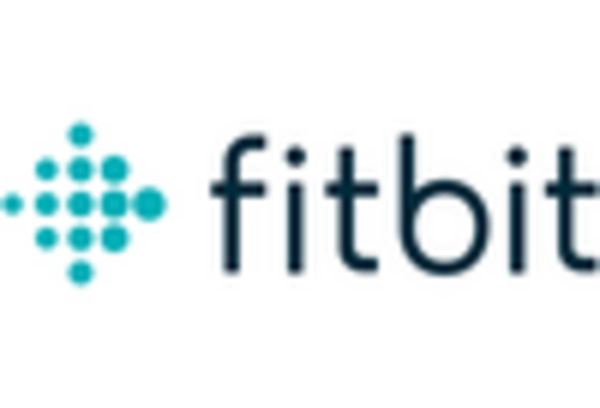
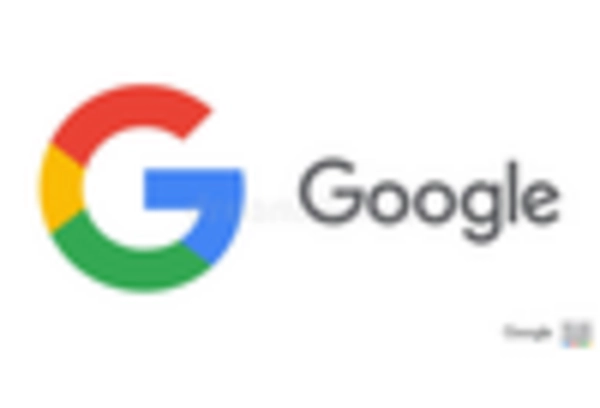
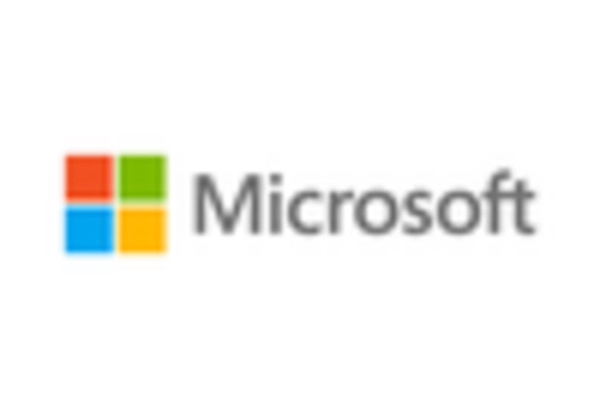
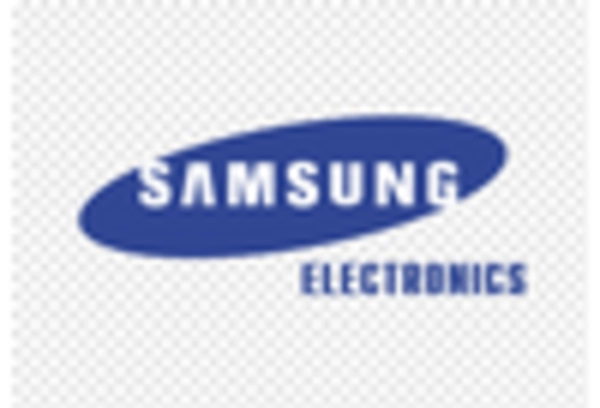
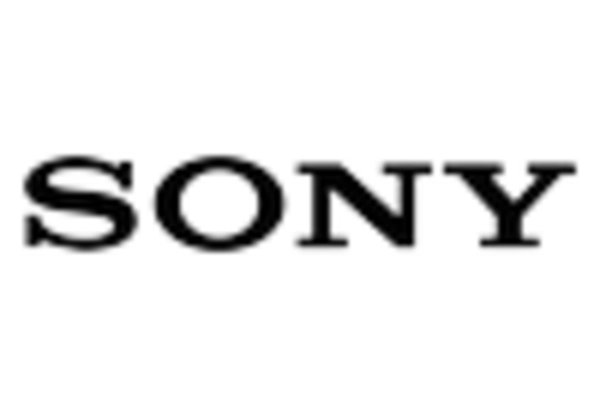








Leave a Comment